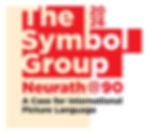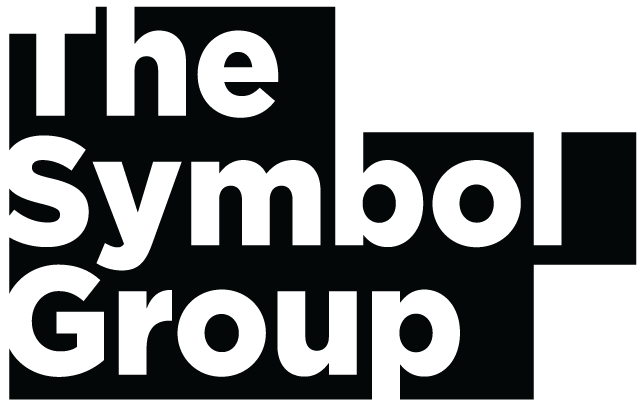We are delighted to announce our first in-person conference in combination with IIID Vision+2026

Symbol ’26: Neurath@90:
A Case for International Picture Language
Examining Inclusivity, Diversity and Universality in Visual Languages
27 May 2026
Designforum Austria, Vienna (Austria)
In 1936 Otto Neurath published ‘International Picture Language’, his seminal statement on Isotype, introducing Isotype to an international audience. The book epitomised his belief in a universal picture language that could communicate across borders, educational and social levels and clearly set out the mature iteration of the principles of Isotype which had been developing since he began work at the newly founded Social and Economic Museum in Vienna a decade earlier.
Today, Isotype is seen as one of the cornerstones of contemporary information design and echoes of Neurath’s work can be observed in standardised icon systems that are crucially important in the navigation of public and virtual spaces, and in their purest form, in the invention of new visual languages.
Symbol ’26: The Case for International Picture Language will seek to explore these echoes of Neurath’s system in contemporary society.
Call for papers
We are looking for proposals for a 10-minute or a 30-minute presentation.
Call for papers
We invite presentations that examine:
-
Neurath’s legacy in relation to exclusivity, inclusivity, and diversity.
-
The universalist aspirations present in Isotype and other historic icon systems.
-
How access and inclusion relate to current icon customisation and standardisation.
Each proposal should consist of:
-
A 300-word description of your talk. Topic, relation to theme, benefits for the listeners.
-
A few visuals to show what you will be talking about.
-
Your details (name, e-mail, affiliation, postal address).
-
Your biography of about 100 words.
The format is up to you: academic paper, case study, critical reflection, or speculative proposals.
The main requirement is that the presentation must show visual materials.
Please contact us if you would like to attend and require earlier dates for grant applications
and Schengen visa applications.
Contact thesymbolgroup@gmail.com for any further information
Submission deadline 31 Jan 2026

